HTC Vive Focus Vision is the upgrade VR fans have been waiting for
Standalone meets PCVR, with lots of tech goodies for less cash
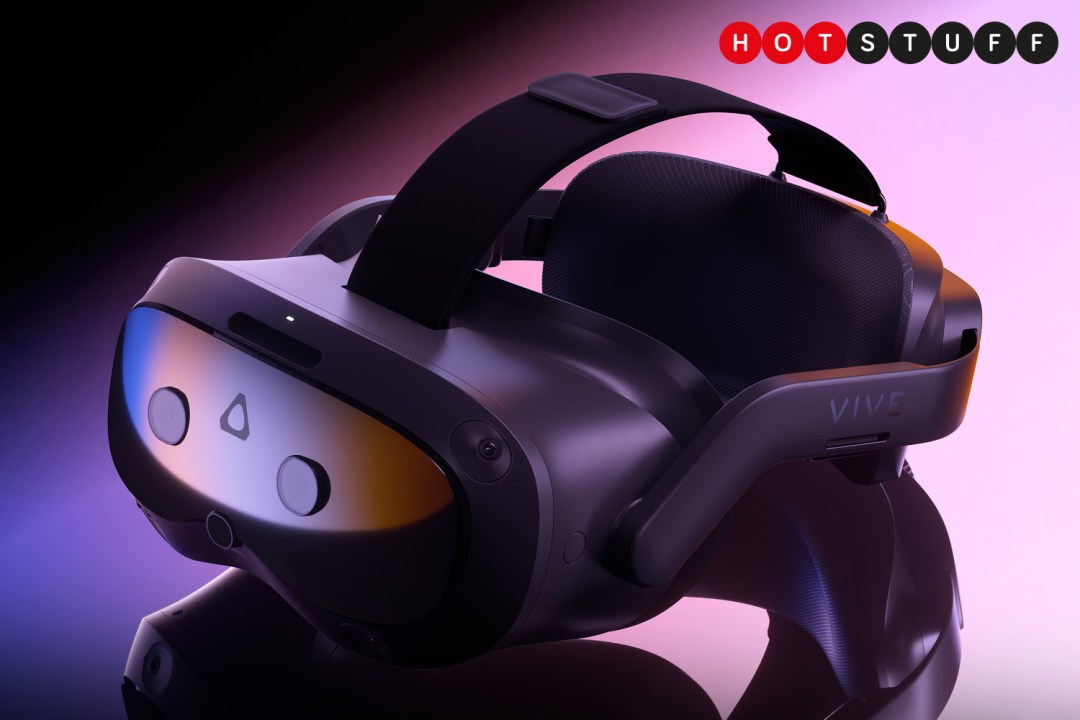
Virtual reality pioneer HTC is back with a headset that can do it all. The HTC Vive Focus Vision doesn’t just do the standalone thing, but can also handle visually lossless PCVR in a way that’ll finally give early adopters a reason to upgrade. Effectively an upgraded version of the Focus 3 (which has been doing the rounds for a few years now) the mid-life refresh brings meaningful improvements to visuals, tracking and connectivity. And all for less cash than the headset it replaces.
The £999/€1199 Focus Vision is a standalone headset first – which is no surprise, given an extensive corporate user base that uses HTC headsets for everything from teaching office interpersonal skills to firefighting and military training. It brings back the Focus 3’s 5K resolution, 90Hz refresh rate optics, but adds stereo colour passthrough via twin 16MP cameras and a depth sensor.
Eye tracking is now part of the package from the off, without any need for add-on kit. Infrared illuminators, motorised lenses and automatic inter-pupillary distance adjustment simplify setup, which is handy for VR experience companies that get hundreds of people through the doors every day. The other big win is support for foveated rendering, which lowers the demand on your graphics hardware by only drawing what you’re actually looking at in the highest detail.
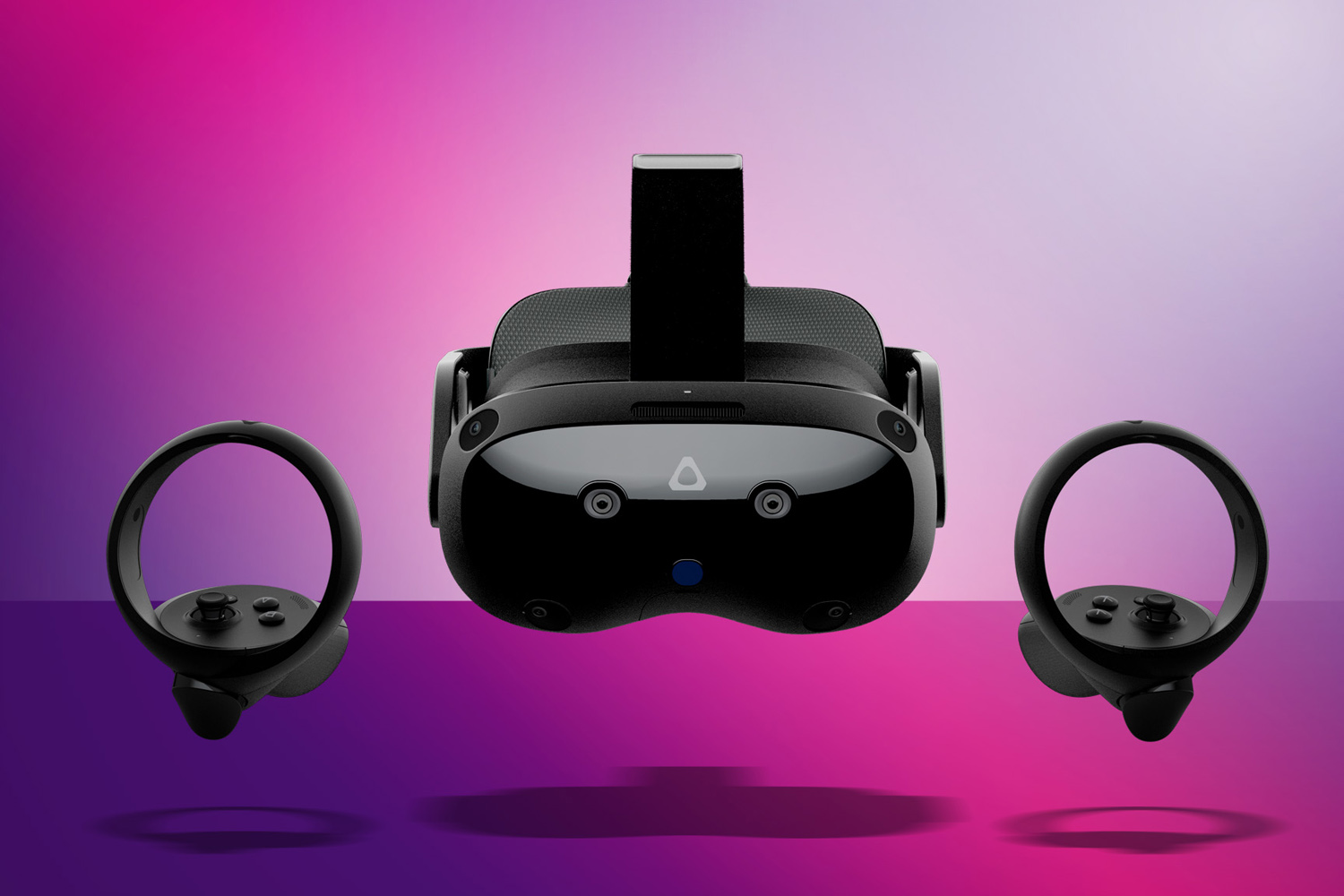
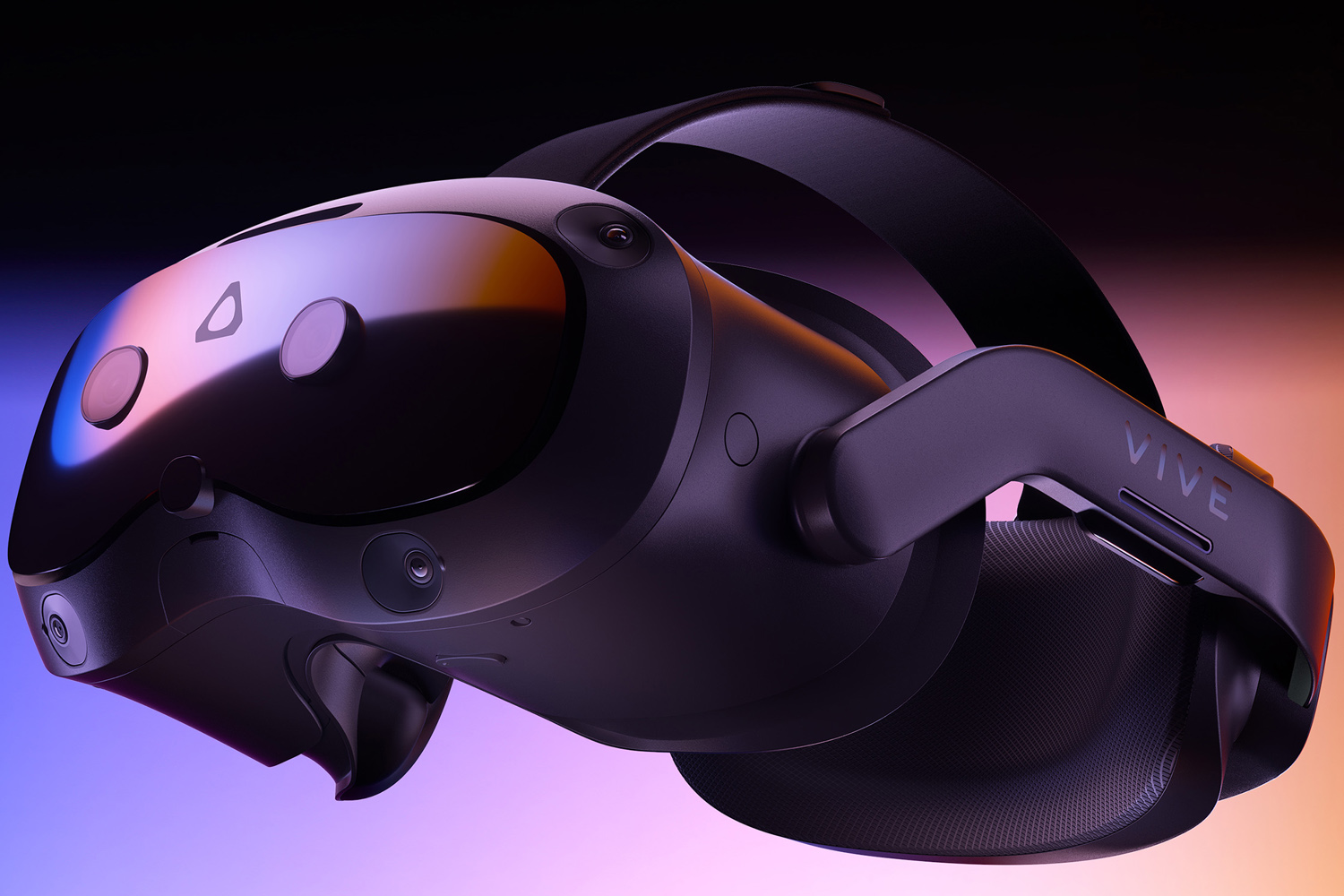
A larger internal fan lets more air into the system while also being quieter than before. As well as keeping the headset cool during longer play sessions, it also helps stop the optics from fogging up. The headset is still designed to accommodate prescription glasses, so you don’t have to invest in prescription inserts.
A pair of controllers are still included as part of the package, but not every VR or XR experience needs it. An infrared floodlight promises much improved hand tracking than the Focus 3.
Internal upgrades see RAM jump to 12GB, up from 8GB on the Focus 3. Onboard storage remains at 128GB, and there’s still microSD support for adding extra capacity later.
Those tweaks are sure to keep the corporate crowd happy, but it’s DisplayPort support that’ll have gamers paying attention.
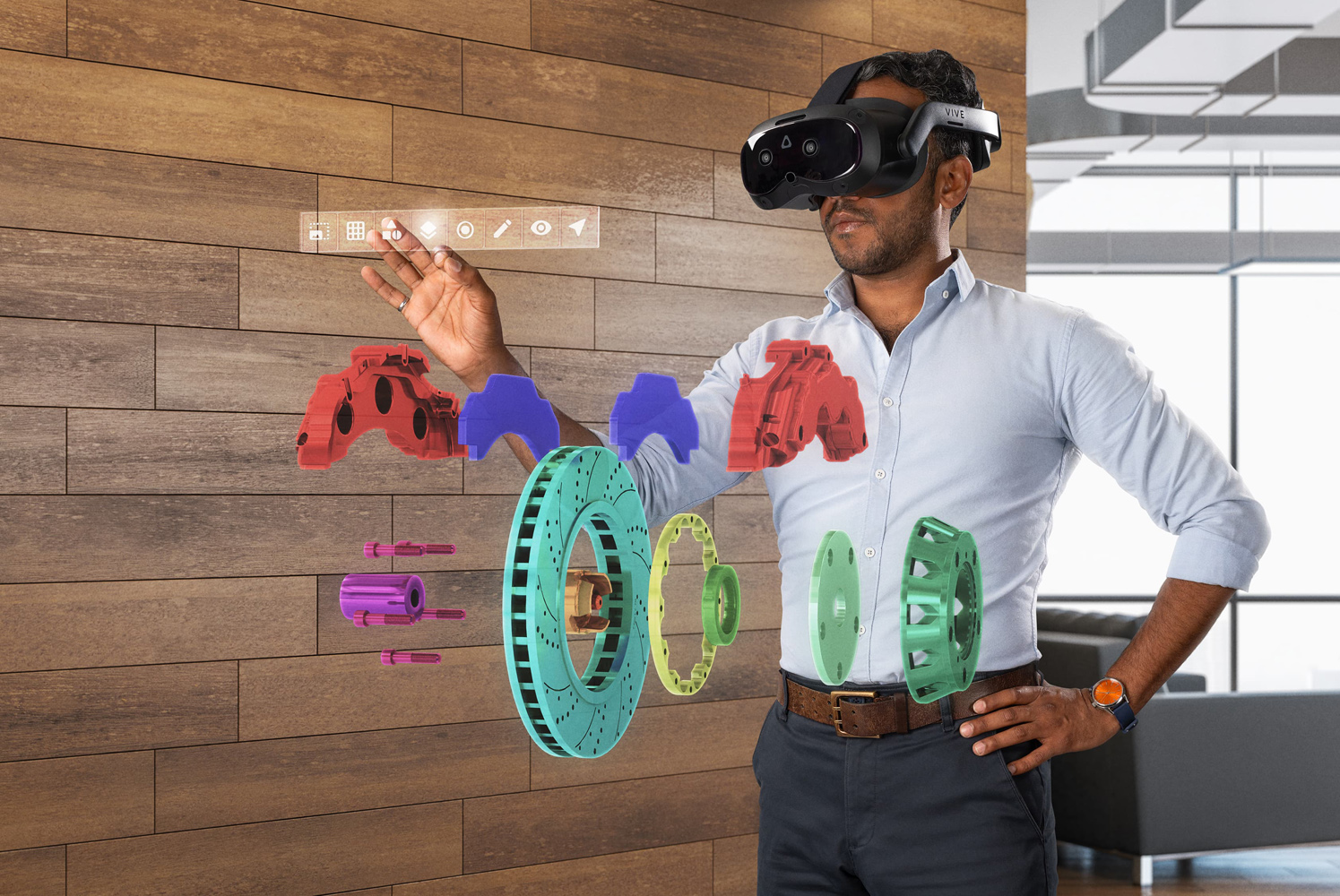
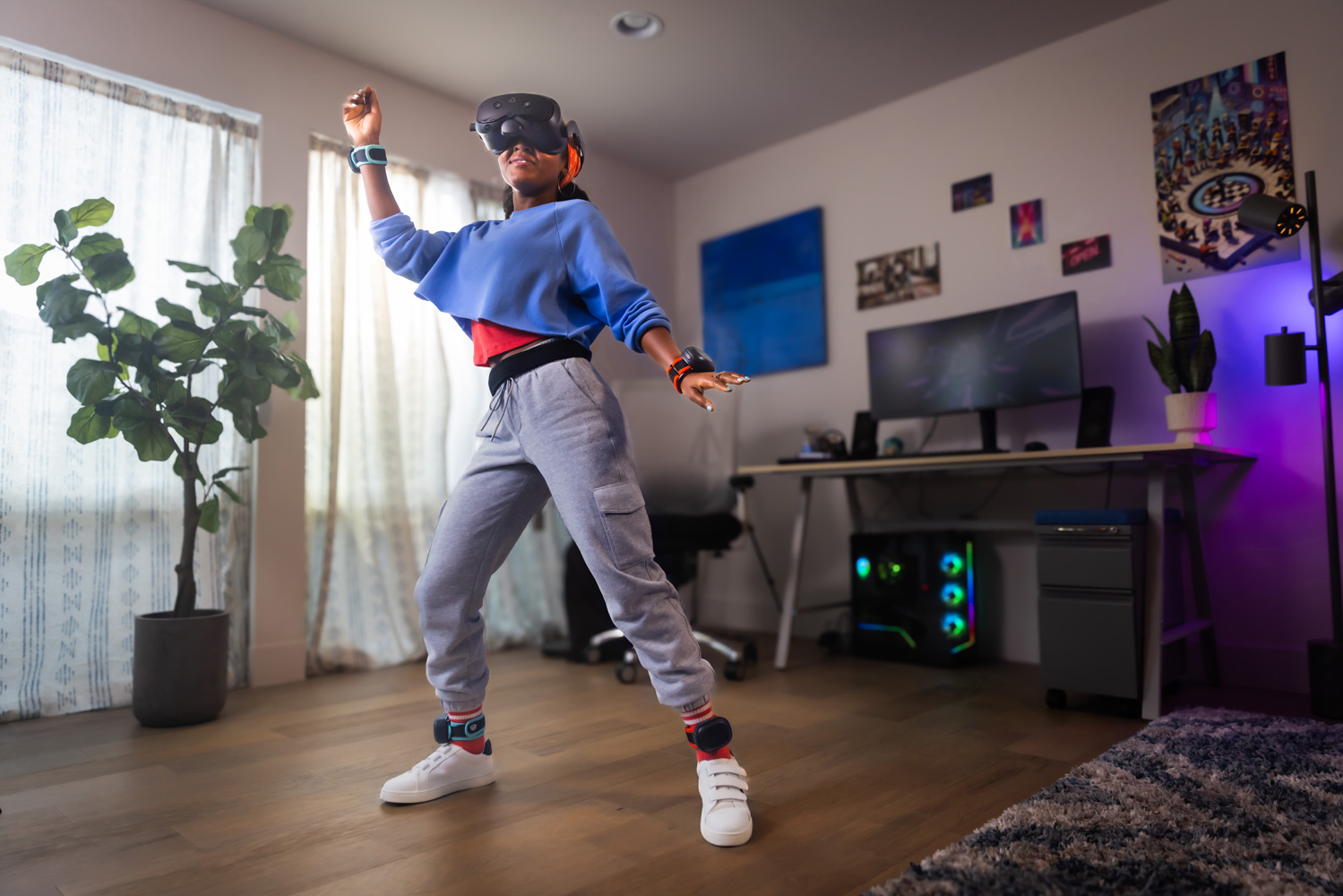
Anyone that got into VR early doors hasn’t had much reason to upgrade when newer, standalone models lacked any way to send a lossless video signal from their beefy gaming PC. The Vive Focus Vision arrives with a new (optional) DisplayPort Streaming kit, which connects to a computer and mains power so battery life isn’t a concern. It promises higher fidelity than anything you’ll manage over USB-C.
The DisplayPort Streaming Kit will be sold separately, for £159/€199, but the Vive Focus still looks like much better value than the outgoing Focus 3. The £999/€1199 bundle includes the headset itself, two controllers, and all the cables for standalone use, whereas the Focus 3 would set you back £1372.
The HTC Vive Focus Vision is up for pre-order today, with the first devices heading out on October 18. Early birds will be able to bag themselves a DisplayPort Streaming Kit for free if they buy before October 17.



